|
|
|
|
|
|
|
|
Photo Gallery for Plethodon chlorobryonis - Atlantic Coast Slimy Salamander
| 12 photos are shown. |
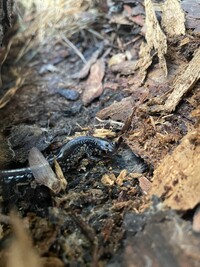 | Recorded by: K. Jamerson
Onslow Co. |  | Recorded by: K. Sanford
Bertie Co. |
 | Recorded by: Max Ramey, Eric Johnson
Bertie Co. |  | Recorded by: Larry Chen
Perquimans Co. |
 | Recorded by: K. Bischof
Beaufort Co. |  | Recorded by: R. Evans
Onslow Co. |
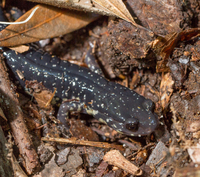 | Recorded by: Steve Hall
Beaufort Co. | 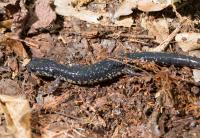 | Recorded by: Steve Hall
Beaufort Co. |
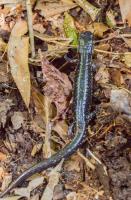 | Recorded by: Steve Hall
Beaufort Co. |  | Recorded by: Steve Hall and Harry LeGrand
Halifax Co. |
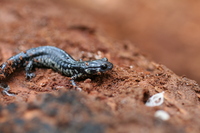 | Recorded by: E. Corey, J. Shimel, A. Burkhart, B. Brochers
New Hanover Co. | 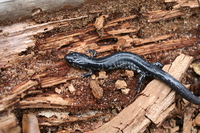 | Recorded by: E. Corey, J. Shimel, A. Burkhart, B. Brochers
New Hanover Co. |
|

 »
»



 »
»

